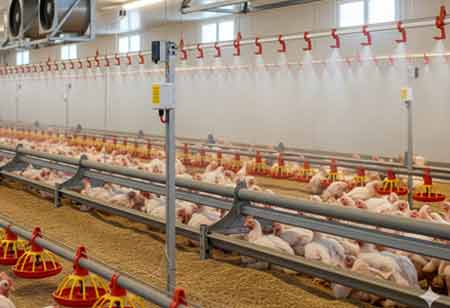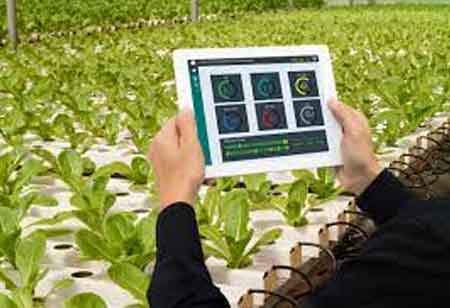Thank you for Subscribing to Agri Business Review Weekly Brief
Changing The Agriculture Landscape With Robotics
Although robotics in agriculture is still in its initial phase, many start-ups across the United States are already obtaining the advantages of integrating robotics into agriculture proceedings.

By
Agri Business Review | Tuesday, December 06, 2022
Stay ahead of the industry with exclusive feature stories on the top companies, expert insights and the latest news delivered straight to your inbox. Subscribe today.
Although robotics in agriculture is still in its initial phase, many start-ups across the United States are already obtaining the advantages of integrating robotics into agriculture proceedings.
Fremont, CA: Robotics, with its AI technology, is infiltrating numerous aspects of society. However, while several farmers employ artificial intelligence to cultivate, monitor and reap their crops, robotics is still an underused and restricted innovation.
There are two main reasons why integrating robots into agriculture is hard. To start with, just a few farmers comprehend the mechanics of how this technology works. Second, the farming community is turning progressively concerned about how the beginning of robotics may disturb and limit opportunities.
The food and agriculture organization (FAO) of the United States has been attempting to persuade farmers about the innovation and specialized job possibilities that robotics will bring into agriculture.
Moreover, multiple Agtech companies have held workshops to educate the public about the advantages of robots in the field. Consequently, AG 4.0 is a once-in-a-lifetime chance for individuals to learn, discover, and network with one another for precise and profitable industry-wide solutions.
Harvesting robots for different crops
Among all the crops, the greenhouse area has piqued the most interest in harvesting robotics. The decision to invest in them has been made by 34 % of the growers. Robots in greenhouses could be utilized to their full potential as they offer steady and customized settings for robotics machinery.
Moreover, greenhouses do not work on a seasonal basis, causing a higher number of permanent personnel and a greater possibility of utilizing a robotic harvester all year. Yet, 66 % of producers are hesitant to invest in robotics as they believe their farms are pretty small to be managed by human harvesters.
Other agricultural areas where harvesting robots can be utilized are Vegetables and fruits. 30 % of vegetable growers have conveyed an interest in buying harvesting robots, slightly greater than the national average.
One basis is that vegetable growers have a more stable workforce than other field crops, with permanent staff accounting for 40 % of vegetable farms. Robotics would not just save money on labor, but it would also enhance the quality of the harvest.
As per 27 % of fruit growers who have expressed interest in this technology, fruit-specific reaping solutions could help pick the best fruit without it being damaged. Fruits are among the most delicate produce, so they must stay appealing and free of blemishes at the grocery store. It might be possible with the birth of robotics in fruit plantations.





